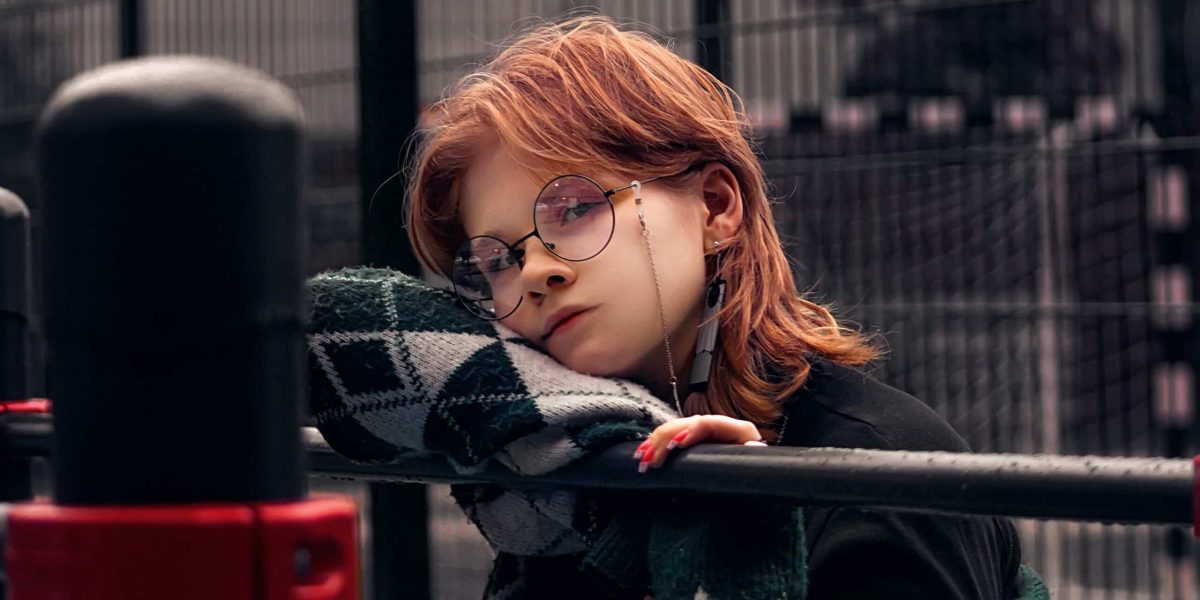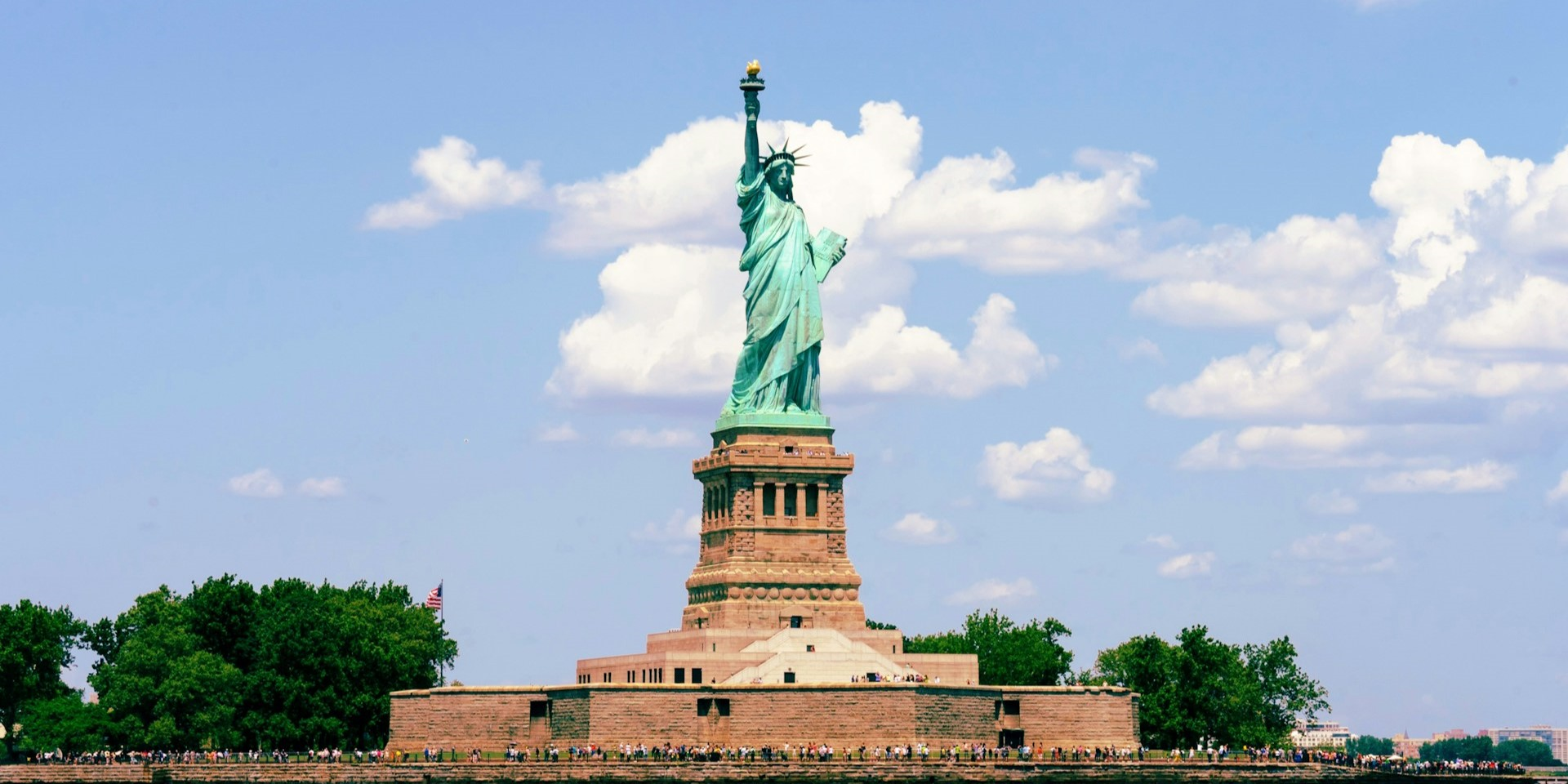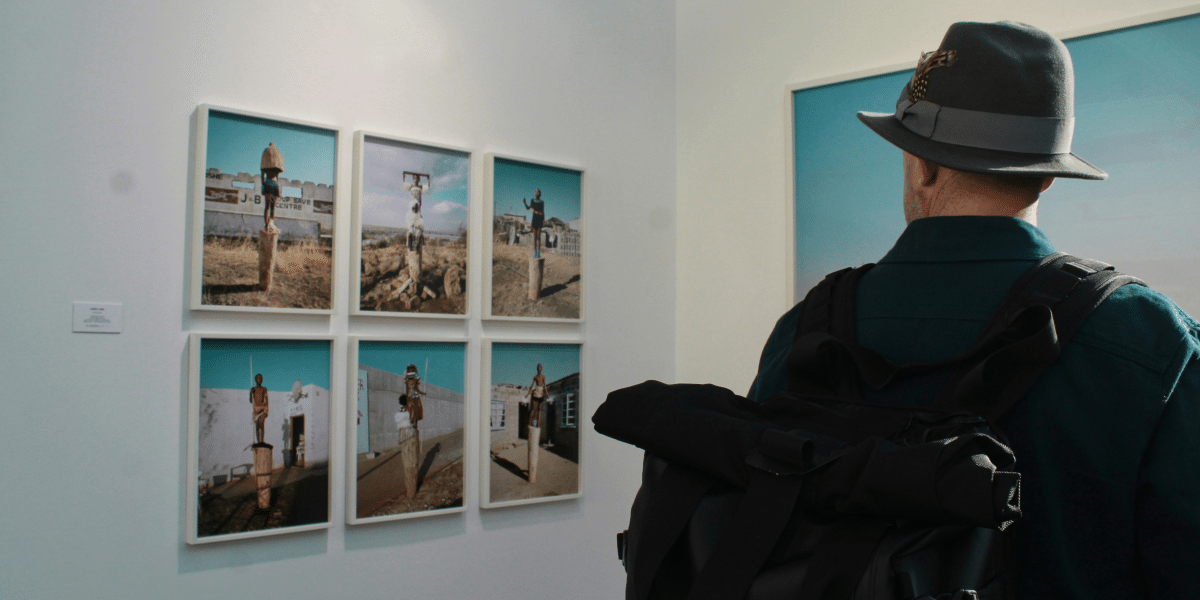What Role Do Cultural Influences Play in New York Fashion?
Fashion in New York has always been a melting pot of influences, reflecting the city’s diverse population and global connections. In recent years, cultural influences have taken center stage, with designers increasingly blending traditional elements with contemporary styles. This trend not only highlights the importance of cultural diversity in fashion but also shows how global inspirations are reshaping the industry in significant ways.
Cultural influences in New York fashion are evident in the way designers incorporate traditional patterns, textiles, and motifs into modern designs. For instance, we see African prints being used in sleek, modern silhouettes or traditional Japanese techniques like Shibori being applied to contemporary streetwear. These blends create unique pieces that resonate with a wide audience, offering something fresh while paying homage to the cultures they originate from.
Moreover, New York’s position as a global fashion capital means that designers from all over the world come here to showcase their work. This convergence of cultures leads to a vibrant exchange of ideas, resulting in collections that are rich in diversity. The city’s multicultural environment fosters creativity, allowing designers to draw inspiration from various sources and reinterpret them in ways that resonate with both local and global audiences.
How Are Designers Blending Traditional and Contemporary Styles?
Designers in New York are finding innovative ways to blend traditional and contemporary styles, creating collections that are both modern and deeply rooted in cultural heritage. This blending is often seen in the use of traditional fabrics and techniques in modern silhouettes. For example, a designer might use traditional Indian embroidery on a sleek, modern dress or incorporate Indigenous beadwork into high-fashion accessories. These combinations create a dialogue between the past and the present, offering a new way to experience and appreciate different cultures.
One of the key aspects of this trend is the use of storytelling. Designers are not just using cultural elements for their aesthetic value; they are also telling stories about the origins and significance of these elements. This approach adds depth to the designs and allows consumers to connect with the pieces on a more personal level. It also promotes a greater understanding and appreciation of the cultures being represented, making fashion a tool for cultural exchange.
Another interesting development is the use of sustainable practices in conjunction with traditional techniques. Many designers are turning to traditional methods of textile production that are more environmentally friendly, such as hand weaving or natural dyeing processes. By combining these techniques with modern design, they create pieces that are not only culturally significant but also sustainable, appealing to the growing demand for eco-conscious fashion.
Why Is Cultural Diversity Becoming More Important in Fashion?
Cultural diversity is becoming increasingly important in fashion for several reasons. First, consumers are more aware and appreciative of different cultures than ever before. With the rise of social media and global connectivity, people are exposed to a wide range of cultural expressions daily. This exposure has led to a greater demand for fashion that reflects this diversity, as consumers look for pieces that resonate with their own cultural backgrounds or that allow them to explore new ones.
In addition, the fashion industry is recognizing the importance of inclusivity and representation. As the world becomes more connected, there is a growing awareness of the need to celebrate and respect cultural differences. This has led to a shift in how fashion is produced and marketed, with a greater emphasis on inclusivity and the representation of different cultures. Designers are now more mindful of how they incorporate cultural elements into their work, ensuring that these influences are acknowledged and respected.
Finally, cultural diversity in fashion is also being driven by the industry’s desire to innovate. In a world where trends can quickly become saturated, designers are looking for new sources of inspiration to set themselves apart. By drawing on a diverse range of cultural influences, they can create fresh, unique designs that stand out in a crowded market. This not only benefits the designers but also enriches the fashion industry as a whole, offering consumers a broader and more diverse range of styles to choose from.
Cultural influences are playing a crucial role in shaping fashion in New York, as designers blend traditional elements with contemporary styles to create unique, innovative collections. This trend highlights the increasing importance of cultural diversity in fashion, reflecting the city’s global connections and its role as a hub of creativity. As the fashion industry continues to evolve, the influence of different cultures will likely become even more pronounced, leading to a richer, more diverse landscape of fashion that celebrates and respects the beauty of cultural differences.








